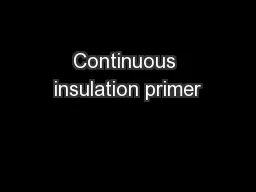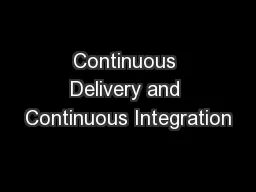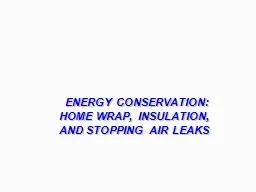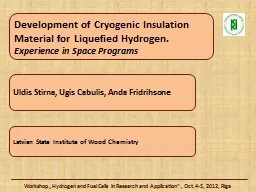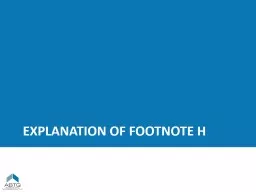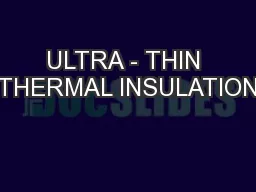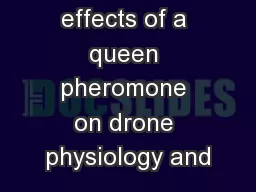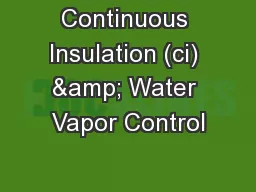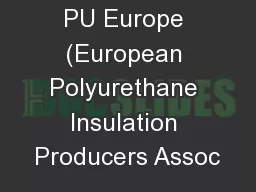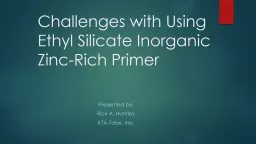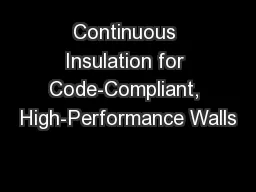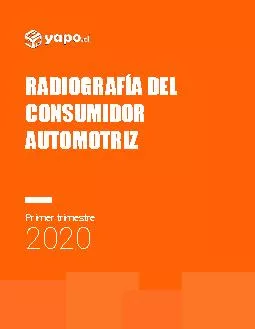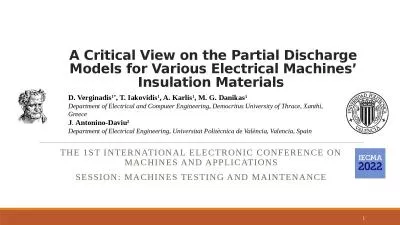PPT-Continuous insulation primer
Author : conchita-marotz | Published Date : 2016-11-07
PART 1 Continuous Insulation Definition ASHRAE 901 Applications Roof Wall and Foundations Kinds of Continuous Insulation Foam Plastic Insulating Sheathing EPS
Presentation Embed Code
Download Presentation
Download Presentation The PPT/PDF document "Continuous insulation primer" is the property of its rightful owner. Permission is granted to download and print the materials on this website for personal, non-commercial use only, and to display it on your personal computer provided you do not modify the materials and that you retain all copyright notices contained in the materials. By downloading content from our website, you accept the terms of this agreement.
Continuous insulation primer: Transcript
Download Rules Of Document
"Continuous insulation primer"The content belongs to its owner. You may download and print it for personal use, without modification, and keep all copyright notices. By downloading, you agree to these terms.
Related Documents

